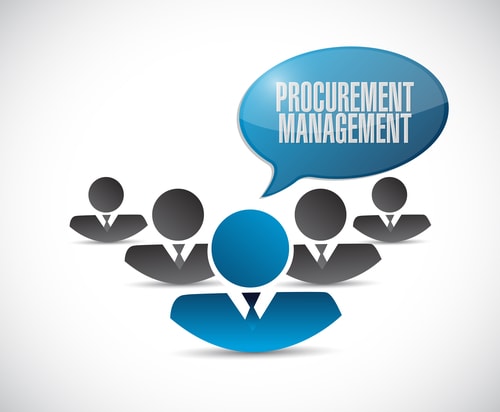The ePMX: requisition software transforms the manner in which SMBs communicate within different departments and also the way in which requisitions are made. The primary objective of the ePMX: Requisition module is to offer e-requisition that would not only save time to create requisitions or raise purchase orders but also make the entire exercise a convenient one.
Now, the question is how does the ePMX: requisition software typically work? Like other interactive software that an SMB may be using already, the ePMX: requisition software has a system that has predefined settings. Setting up or personalizing a specific user account would involve creation of a vendor list, the types of items that are normally requisitioned by different departments or individuals, the approval process, setting budget limits or the number of items that can be requisitioned and other aspects.
These settings help speed up the e-requisition procedure and also offer all the checkpoints that an SMB would ideally need to have in place. Now, for the step by step process of how the ePMX: requisition software would normally work.
A department or an individual who needs to make an e-requisition simply logs into the system and clicks on ‘Requisitions’ to create a new one. A form would appear with an auto-filled requisition id or number and would have all the details on the page including vendor’s name, the type of item that has to be requisitioned, number of the specific items and price. One can choose items from an already existing catalog or can add an item that is not there. Once an e-requisition has been created using the ePMX: requisition software, it can be uploaded and sent for approval. The e-requisition can also be printed.
The e-requisition is then referred to the approvers. The approvers would receive emails notifying of the e-requisition and they can either approve or reject the request with reasons. Whether the e-requisition is approved or rejected, the department or individual who had initiated the e-requisition would also be notified through emails on a real time basis. Alternatively, there is a dedicated section in the requisition software where one can check the status of a pending request.
There are additional features such as capping the budget or items of an e-requisition which prevents undesired requests or purchase orders. The line of approvers also helps every keep the appropriate decision makers in the loop of any e-requisition.






